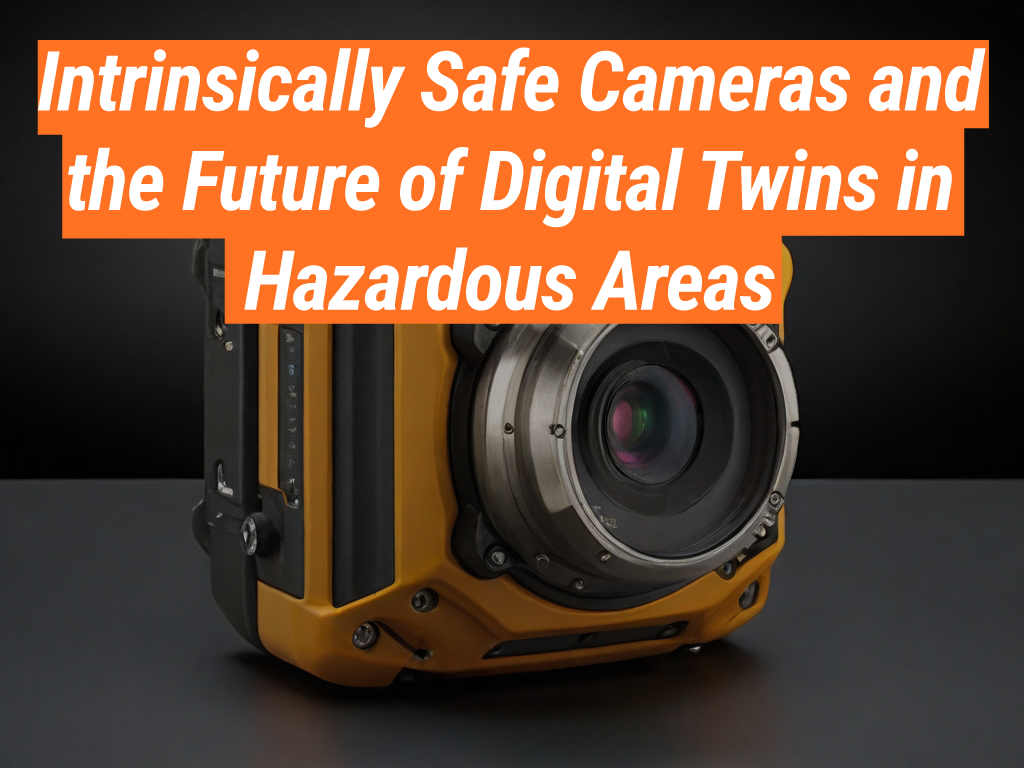As technology continues to evolve, industries are finding innovative ways to enhance safety and efficiency. One such innovation is the use of intrinsically safe cameras and the concept of digital twins in hazardous areas. This article, brought to you by the Intrinsically Safe Store, will delve into these technologies and their potential impact on the future. We invite you to explore our website for more information on intrinsically safe products.
Understanding Intrinsically Safe Cameras
Intrinsically safe cameras are designed to operate safely in hazardous environments where traditional cameras pose a risk. These environments could include areas with flammable gases, dust, or volatile chemicals. The cameras are engineered to limit electrical and thermal energy output to prevent ignition in these sensitive areas.
Benefits of Intrinsically Safe Cameras
- Enhanced Safety: These cameras reduce the risk of ignition in hazardous areas, thereby enhancing safety.
- Improved Efficiency: They allow for real-time monitoring and inspection, reducing the need for manual checks and increasing operational efficiency.
- Cost-Effective: By preventing accidents, these cameras can save industries significant costs associated with damages and downtime.
The Concept of Digital Twins
Digital twins refer to the digital replica of physical assets, processes, or systems. They serve as a bridge between the physical and digital world, allowing for data analysis, system monitoring, and troubleshooting.
Role of Digital Twins in Hazardous Areas
In hazardous areas, digital twins can play a crucial role in predicting and preventing potential issues. By creating a digital replica of the hazardous environment, industries can simulate different scenarios, analyze data, and make informed decisions without risking safety.
Integration of Intrinsically Safe Cameras and Digital Twins
The integration of intrinsically safe cameras and digital twins can revolutionize safety and efficiency in hazardous areas. The cameras can provide real-time data to the digital twin, allowing for immediate analysis and action. This integration can lead to predictive maintenance, improved operational efficiency, and enhanced safety.
Case Study: Oil and Gas Industry
A prime example of this integration is in the oil and gas industry. Intrinsically safe cameras can monitor equipment and processes in real-time, feeding data to the digital twin. The digital twin can then analyze this data, predict potential issues, and suggest preventive measures. This integration has resulted in reduced downtime, improved safety, and increased operational efficiency.
The future of hazardous areas lies in the integration of intrinsically safe cameras and digital twins. This combination promises enhanced safety, improved efficiency, and cost savings. As we continue to innovate, the potential for these technologies is limitless.
At the Intrinsically Safe Store, we are committed to providing you with the latest in intrinsically safe technology. We invite you to explore our range of products and contact us for any queries or assistance.



